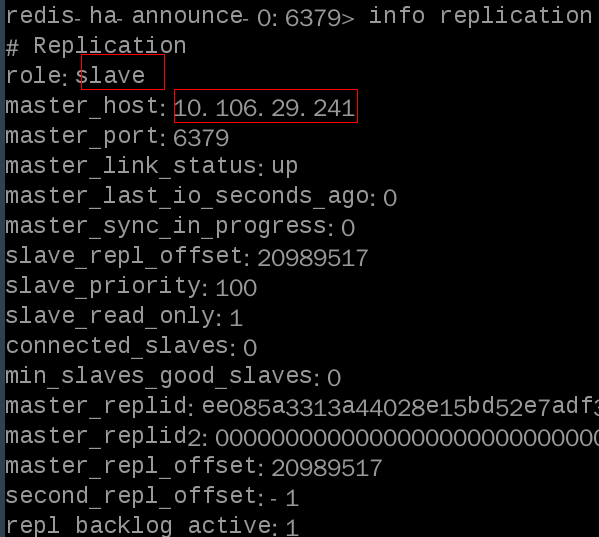自定义域名文件在certs目录下,Dockerfile 如下:
|
|
编译dockerfile:
docker build -t derp .
运行docker run -d --restart always --name derper --user root -p 8443:12345 -p 3478:3478/udp -e DERP_ADDR=:12345 -e DERP_DOMAIN=YOURDOMAIN.SIMPLE -e DERP_CERT_MODE=manual -v /home/derp/certs/:/home/derp/certs derp
Headsale Config 如下:
|
|
cat derp.json
|
|


